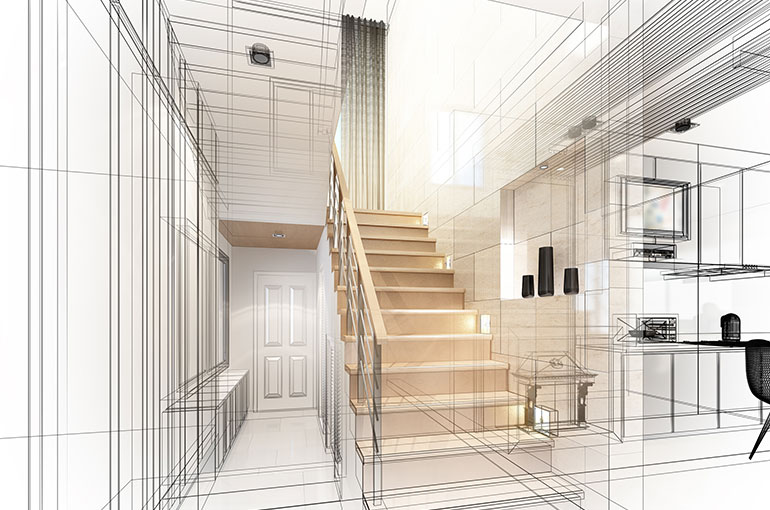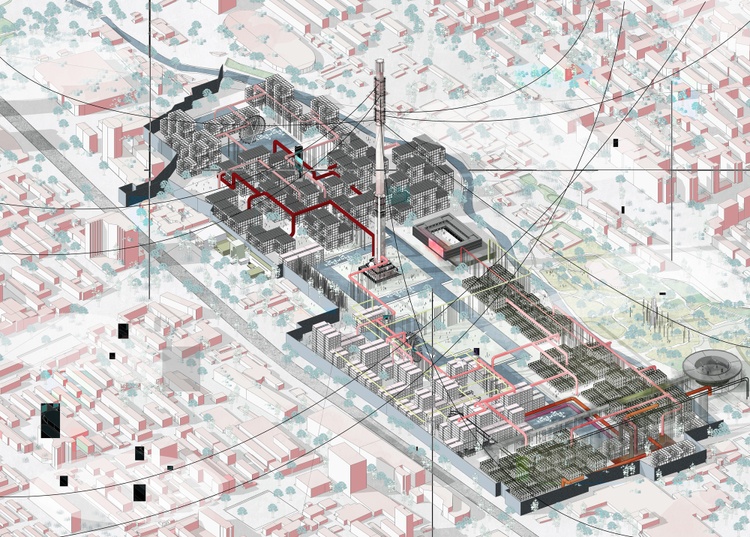Discover Cutting-edge Styles with Leading CDA Architects for Your Next Task
Discover Cutting-edge Styles with Leading CDA Architects for Your Next Task
Blog Article
A Comprehensive Summary of Building Designs and Their Impact on Modern City Preparation and Advancement
Building designs have long worked as a mirror to the societal values and technical innovations of their time, playing an essential duty fit modern city preparation and development. From the splendour of Neoclassicism to the utilitarian technique of Brutalism, each design has actually introduced distinct principles that affect city looks and functionality. As modern difficulties arise, including sustainability and neighborhood needs, comprehending these historical structures ends up being essential. The resulting dialogue not only informs future layout practices however additionally increases significant concerns concerning the balance in between heritage and technology in our evolving urban landscapes.
Historic Introduction of Building Styles

As cultures transitioned via the Center Ages, Gothic style arised, defined by its verticality and complex describing, matching the spiritual goals of the era. The Renaissance marked a revival of classic ideals, combining art and design in cutting-edge means that affected succeeding styles across Europe.

Today, building designs remain to evolve, driven by globalization and sustainability problems, showing a dynamic interplay between heritage and innovation. This historic summary emphasizes the importance of architecture as a mirror of social development and as a catalyst for city development.
Trick Architectural Styles Explained
The variety of building styles shows the myriad influences that shape our built atmosphere, each symbolizing distinctive characteristics and cultural values. Key building styles consist of Classical, Gothic, Baroque, Innovation, and Postmodernism, each representing unique historic contexts and visual ideologies.
Classical style, rooted in old Greece and Rome, highlights symmetry, proportion, and the use of columns (cda architects). In comparison, Gothic design, prospering in the center Ages, is defined by pointed arches, ribbed safes, and flying buttresses, producing a spiritual high quality in basilicas. Baroque architecture, arising in the 17th century, is marked by grandeur, intricate ornamentation, and a vibrant interaction of light and darkness
Modernism, which got energy in the early 20th century, focuses on function over kind, making use of brand-new products like steel and glass to create minimalist frameworks. Postmodernism, responding versus the austerity of Innovation, accepts eclecticism and historical reference, typically incorporating lively elements and paradox.

Influence On Urban Planning
In shaping the advancement of cities, building styles considerably influence urban preparation choices. The choice of architectural design commonly dictates the aesthetic appeals, performance, and general personality of city settings.
Moreover, architectural designs can affect zoning laws and land use policies. Urban planners have to take into consideration the dominating building trends when developing areas, making certain that new this contact form growths integrate with existing structures. This consideration promotes cohesive urban landscapes and boosts community identity.
The application of specific building styles can likewise affect socioeconomic aspects within a city. High-end contemporary styles may attract wealthy homeowners and organizations, leading to gentrification, while extra budget-friendly real estate services might focus on useful and lasting styles to suit diverse populations. cda architects. Eventually, the interaction in between building styles and city preparation creates vibrant cities that mirror both historic context and modern needs, shaping the lived experiences of their inhabitants
Sustainability and Modern Style
Building designs play a crucial duty in resolving modern difficulties, specifically in the world of sustainability. As urban locations increase and ecological worries heighten, modern-day style increasingly accepts lasting layout principles that prioritize power performance, source conservation, and minimal environmental influence.
Contemporary architectural movements, such as biophilic design and eco-friendly architecture, supporter for frameworks that integrate with their surroundings, using natural products and promoting biodiversity. These designs commonly include renewable resource sources, such as photovoltaic panels and wind generators, to lower reliance on fossil fuels and lower carbon footprints.
Additionally, the integration of sophisticated innovations, such as smart building systems, enhances power monitoring, enhancing source usage while guaranteeing owner comfort. Ingenious water management methods, consisting of rainwater harvesting and greywater recycling, further add to lasting metropolitan settings.
Especially, sustainability prolongs past environmental worries; it includes social and financial dimensions too. By fostering community health and promoting inclusivity, contemporary architectural designs line up with sustainable development objectives. click to investigate The evolution of building techniques continues to shape resilient cities that not just satisfy the requirements of the present but likewise safeguard the future for generations to come.
Community Involvement in Style
Community interaction in style acts as an essential bridge in between architects and the populaces they serve, guaranteeing that the constructed atmosphere shows the demands and aspirations of its customers. This joint procedure welcomes community members to add their understandings and preferences, cultivating a feeling of ownership and responsibility toward the spaces they populate.
Reliable community engagement uses numerous methods, such as workshops, studies, and public online forums, to collect diverse viewpoints. These strategies promote a two-way discussion, enabling architects to comprehend local contexts while encouraging locals to articulate their worries and desires. This inclusivity not just improves the style top quality however also advertises social equity by dealing with the unique difficulties faced by marginalized teams.
Furthermore, area engagement can bring about innovative solutions that could not arise in a typical style process. By integrating local understanding and cultural values, designers can create rooms that reverberate more deeply with individuals, improving use and sustainability. Inevitably, prioritizing area interaction in layout processes results in atmospheres that nurture social communications, support go to this website well-being, and enhance neighborhood connections, thus playing a pivotal role in shaping modern-day city landscapes.
Final Thought
Architectural styles have actually exceptionally affected modern-day city preparation and growth, reflecting advancing social and technical contexts. The combination of historical looks with contemporary demands promotes metropolitan atmospheres that focus on sustainability and neighborhood interaction. As cities continue to expand and adapt, the continuous discussion between building heritage and modern-day style principles will certainly stay essential in producing inclusive, lively rooms that enhance top quality of life and advertise social equity. The future of urban development hinges on this unified balance.
Report this page